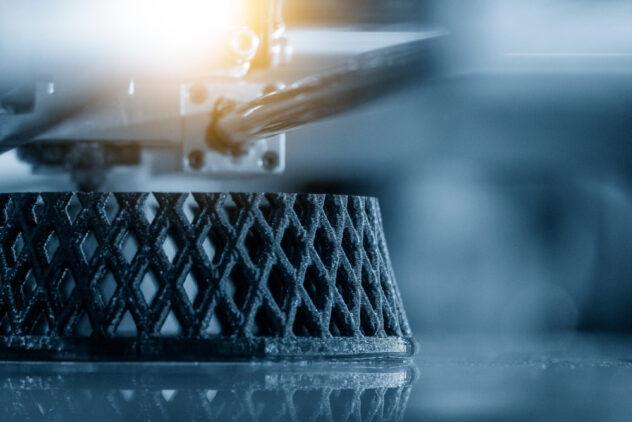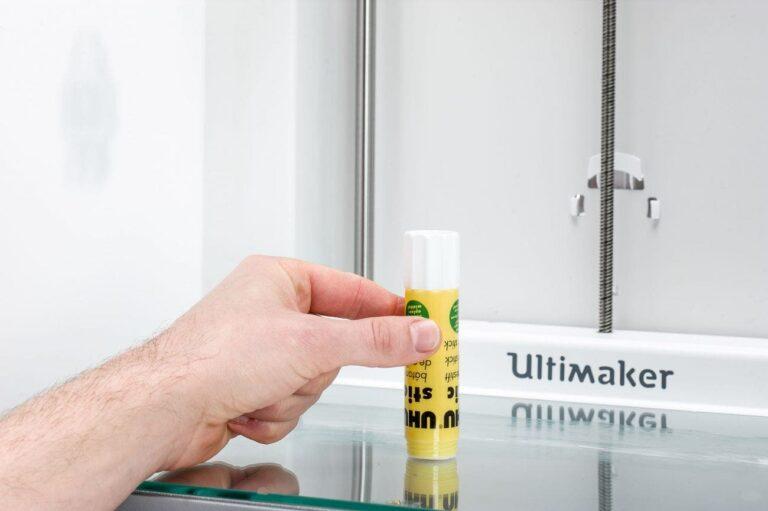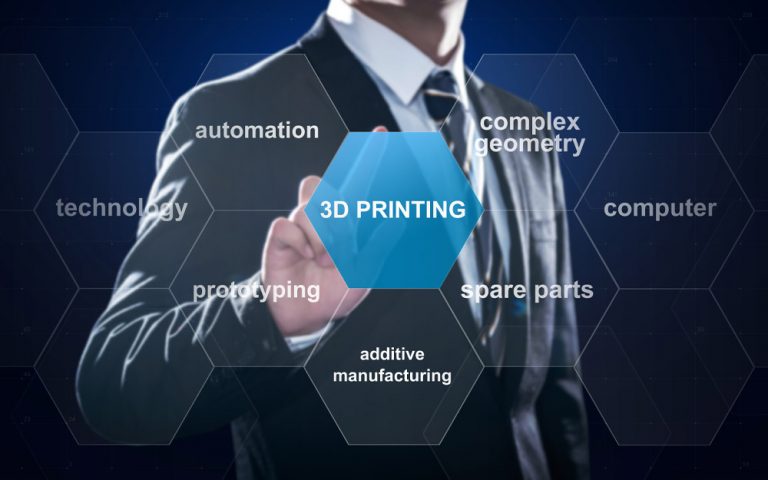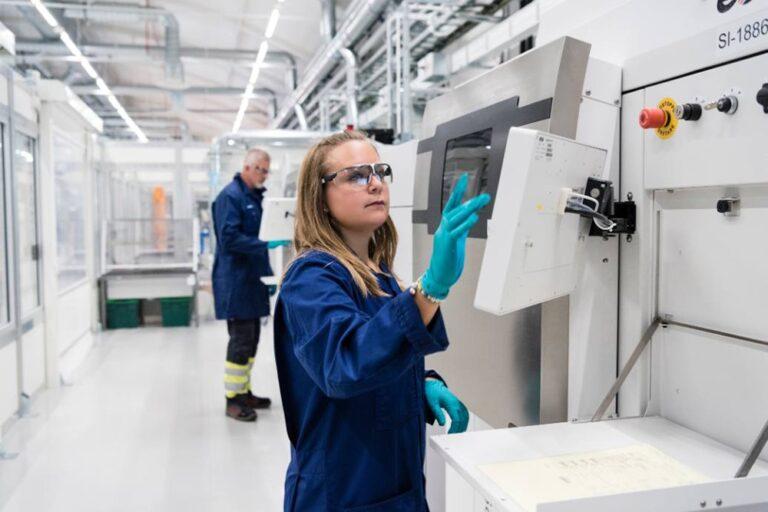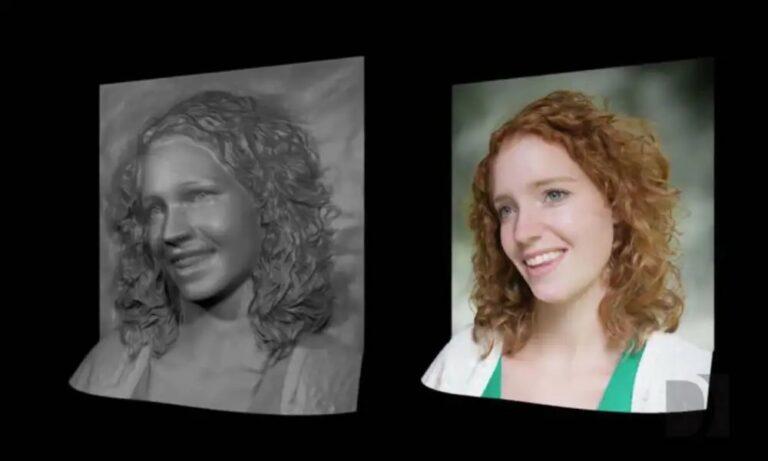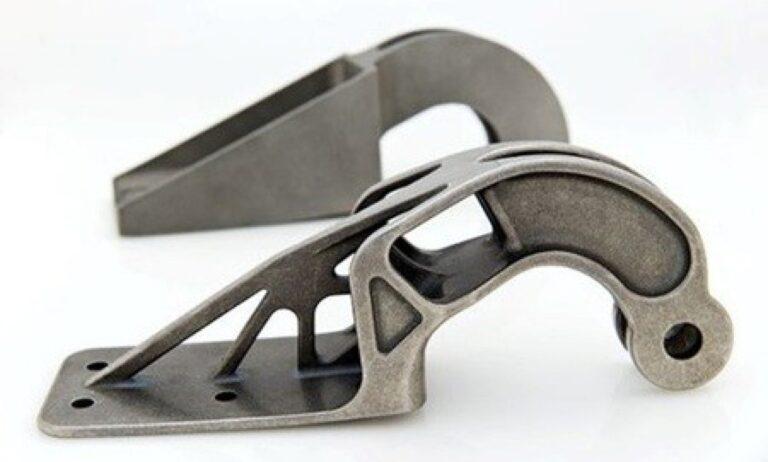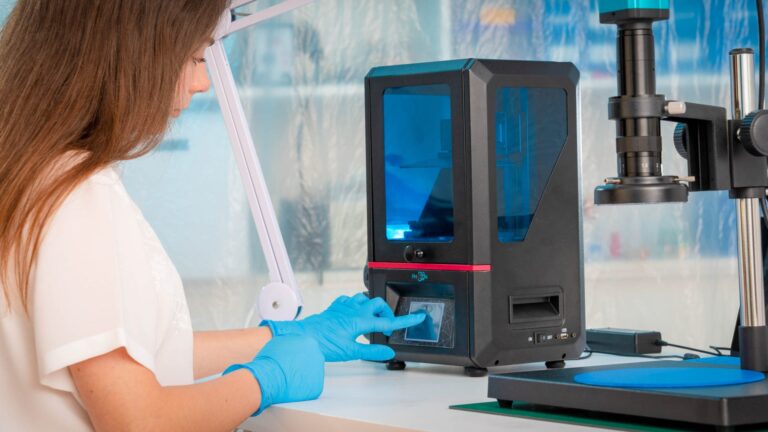What is additive manufacturing?
Introduction to Additive Manufacturing (AM)
Additive Manufacturing (AM), also known as 3D printing, is a transformative process that converts digital designs into physical objects by layering materials sequentially. This innovative technology can significantly reshape traditional manufacturing methods and has already shown remarkable applications in industries such as medicine and aerospace.
Understanding Additive Manufacturing (AM)
Despite its potential, AM is often misunderstood due to its perceived high cost and need for specialized expertise. However, with advancements in technology, AM is becoming increasingly accessible, making its way into mainstream manufacturing.
Additive Manufacturing vs. Subtractive Manufacturing:
- Additive Manufacturing: Builds objects by layering materials, offering design freedom, reduced waste, and the ability to create complex geometries.
- Subtractive Manufacturing: Involves removing material from a solid block to shape an object, often resulting in significant material waste.
The Power of 3D Printing
3D printing, a key aspect of AM, is particularly useful for rapid prototyping, allowing quick and cost-effective production of prototype models for testing purposes. This capability has evolved since the mid-1980s, significantly impacting various industries by enabling the economical production of small quantities of high-quality components.
How Does Additive Manufacturing Work?
- Modeling: Creation of a 3D object model using CAD software, saved in formats like STL or AMF.
- Printing: The 3D printer follows the digital model’s instructions, layering materials to build the object.
- Finishing: Applying final touches, such as polishing or removing supports, to the printed object.
A Brief History of AM
1950s-1980s: Initial exploration of layer-by-layer manufacturing.
1980s-1990s: Significant advancements and commercialization, with the invention of stereolithography and the development of SLS and FDM processes.
2000s-2010s: Rapid growth and application in various industries, with improved materials and technologies.
Present and Future: Ongoing advancements in materials, processes, and integration with technologies like robotics and AI, leading to wider adoption and transformation of traditional manufacturing methods.
Additive Manufacturing Processes
- Binder Jetting: Liquid binder deposited onto powdered material bed.
- Material Extrusion: Thermoplastic filament extruded through a heated nozzle.
- Powder Bed Fusion: Laser or electron beam selectively melts or sinters powdered materials.
- Vat Polymerization: Light source cures liquid photopolymer resin.
- Material Jetting: Print heads deposit droplets of material, layer by layer.
- Directed Energy Deposition (DED): Focused thermal energy melts and fuses powders or wires.
- Sheet Lamination: Sheets of material bonded together.
Materials for Additive Manufacturing
AM utilizes a variety of materials, including:
- Polymers/Thermoplastics: PLA, ABS.
- Photopolymers: Used in Vat Polymerization.
- Metals: Aluminum, titanium, stainless steel.
- Ceramics: Alumina, zirconia.
- Composites: Fiber-reinforced materials.
- Wax: For investment casting or sacrificial patterns.
- Biomaterials: Used in medical applications.
Pros and Cons of Additive Manufacturing (AM)
Pros:
- Design flexibility and customization.
- Reduced material waste.
- Rapid prototyping and iteration.
- Assembly consolidation.
- Lightweighting and material optimization.
- On-demand manufacturing.
Cons:
- Slower production speed.
- Limited material selection.
- High initial equipment costs.
- Post-processing requirements.
- Quality control challenges.
- Scalability limitations.
- Complexity in design and process.
Conclusion
Additive manufacturing, or 3D printing, is a transformative technology that builds objects layer by layer, offering numerous advantages such as design flexibility, reduced material waste, and rapid prototyping. Although it has limitations like slower production speed and high initial costs, ongoing advancements are making it more accessible and effective for a wide range of applications. As AM continues to evolve, it holds the potential to revolutionize traditional manufacturing, offering new possibilities for design, production efficiency, and customization.
How to Get Started with Additive Manufacturing?
- Understand the Basics: Learn about AM principles, processes, materials, and applications.
- Identify Your Goals: Define your aims for using AM.
- Research and Select Equipment: Choose suitable AM technologies and machines.
- Learn Design for Additive Manufacturing (DfAM): Optimize designs for additive processes.
- Acquire 3D Modeling Skills: Master CAD software for creating precise models.
- Choose the Right Materials: Select materials suitable for your applications.
- Start Small: Begin with small-scale projects to gain experience.
- Experiment and Learn: Embrace trial and error to improve outcomes.
- Collaborate and Seek Expertise: Engage with AM communities and experts.
- Continuously Adapt: Stay updated with AM advancements and refine practices.
FAQs
What is additive manufacturing?
AM, or 3D printing, is a process that builds three-dimensional objects by layering materials.
What are the main advantages of AM?
Design flexibility, reduced material waste, rapid prototyping, customization, and complex geometries.
What industries benefit from AM?
Aerospace, automotive, healthcare, consumer products, and architecture.
Are there limitations to AM?
Yes, including production speed, material selection, post-processing, and design considerations.
How does AM differ from traditional methods?
AM builds objects layer by layer, offering more intricate designs and less material waste.
Is AM cost-effective?
It can be, especially for low-volume production, customization, and avoiding tooling needs, though cost-effectiveness varies.

